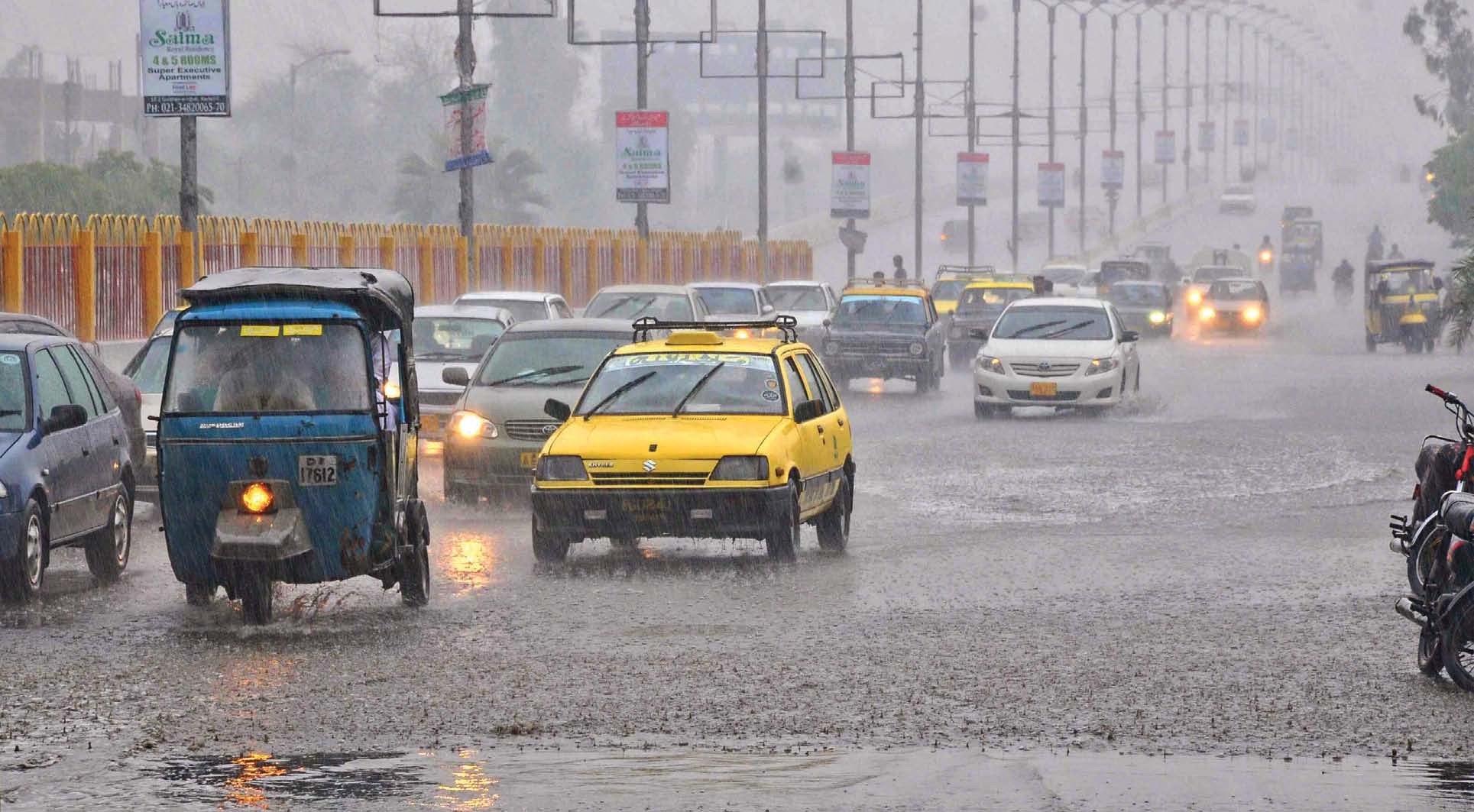
Given the land and sea temperature situation, Sindh is likely to face higher rainfall tan previous years, said Pakistan Metrological Department Karachi Chief Dr Sardar Sarfraz on Monday.
The Copernicus climate change service's multi-model ensemble forecast for July to September indicates wetter-than-average precipitation with a 60-70% probability, and WMO multi-model ensemble lRF predicts a wetter-than-average June to September 2024 season with a 60-70% probability over Sindh, he said.
Dr Sarfraz was briefing a meeting called by Chief Minister Myurad Ali Shah in response to the PMD forecast of above-average rains. Dr Sardar Sarfraz explained to the CM that the monsoon typically begins in Pakistan on July 1 and continues until mid-September. He outlined various factors influencing monsoon rains in Pakistan, such as Sea Surface Temperatures (SST of Pacific & Indian Oceans), Sub Tropical High/Tibetan High (STH/TH), Tropical Easterly Jet (TEJ), Heat Low-pressure area, Low-level Jet (LLJ), Madden Julian Oscillation (MJO), and Indian Ocean High (IOH) pressure area. He also mentioned that the differential heating of land and adjoining oceans causes Low-pressure formation over land and High-pressure over the ocean.
The CM, in response to the forecast instructed the Irrigation department to develop a contingency plan to manage anticipated riverine floods.
He mentioned that most of the rainwater in Thado Nai is stored in Thado Dam. The excess water from the dam and Konakar Nai flows into the Malir River after crossing the M9 motorway near Dumba Goth.
To address urban flooding, the Sindh Irrigation Department has built eight small dams in the basin of Lat Nai, in addition to the existing dams.





1721122883-0/photo-collage-png-(5)1721122883-0-270x192.webp)












COMMENTS
Comments are moderated and generally will be posted if they are on-topic and not abusive.
For more information, please see our Comments FAQ